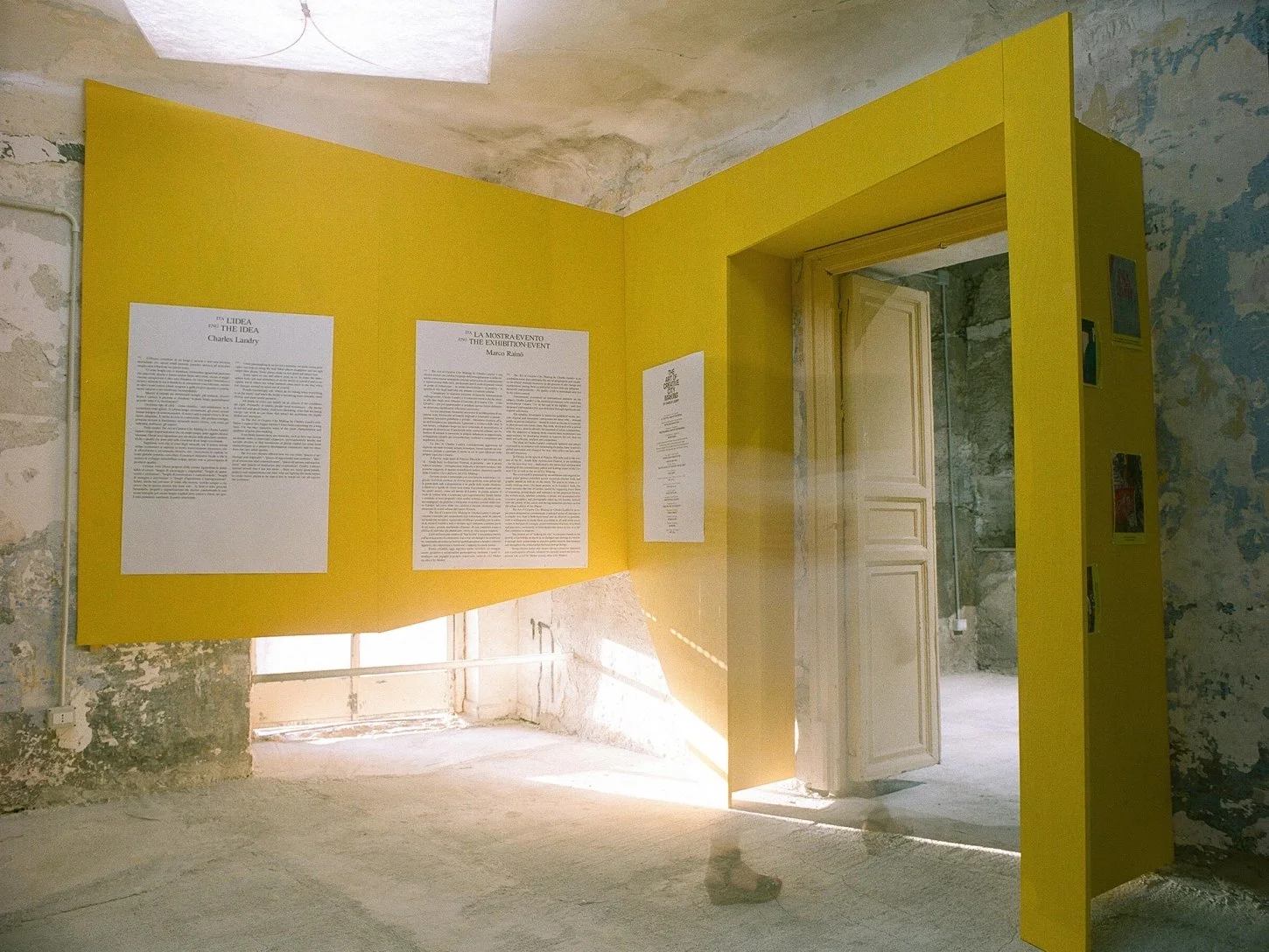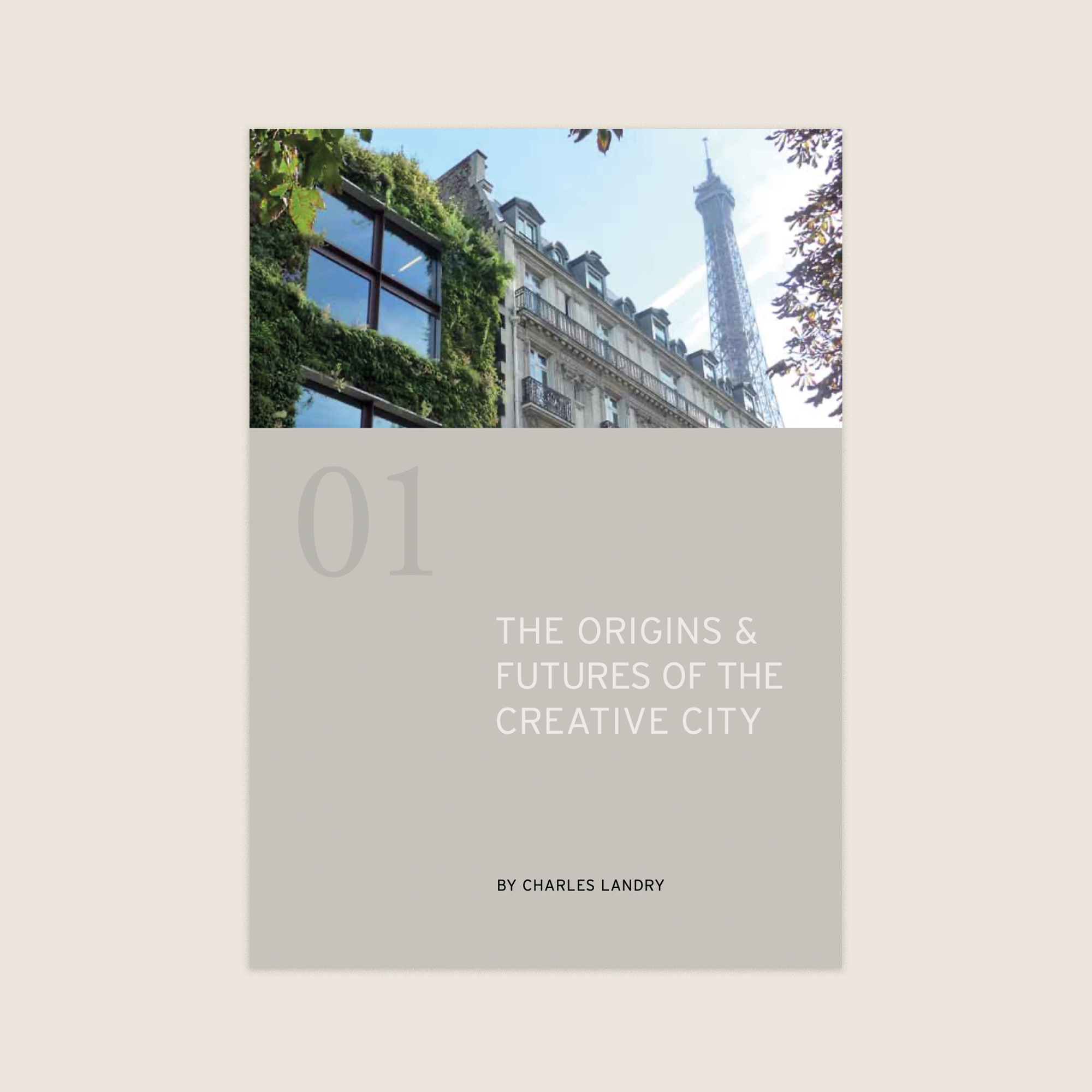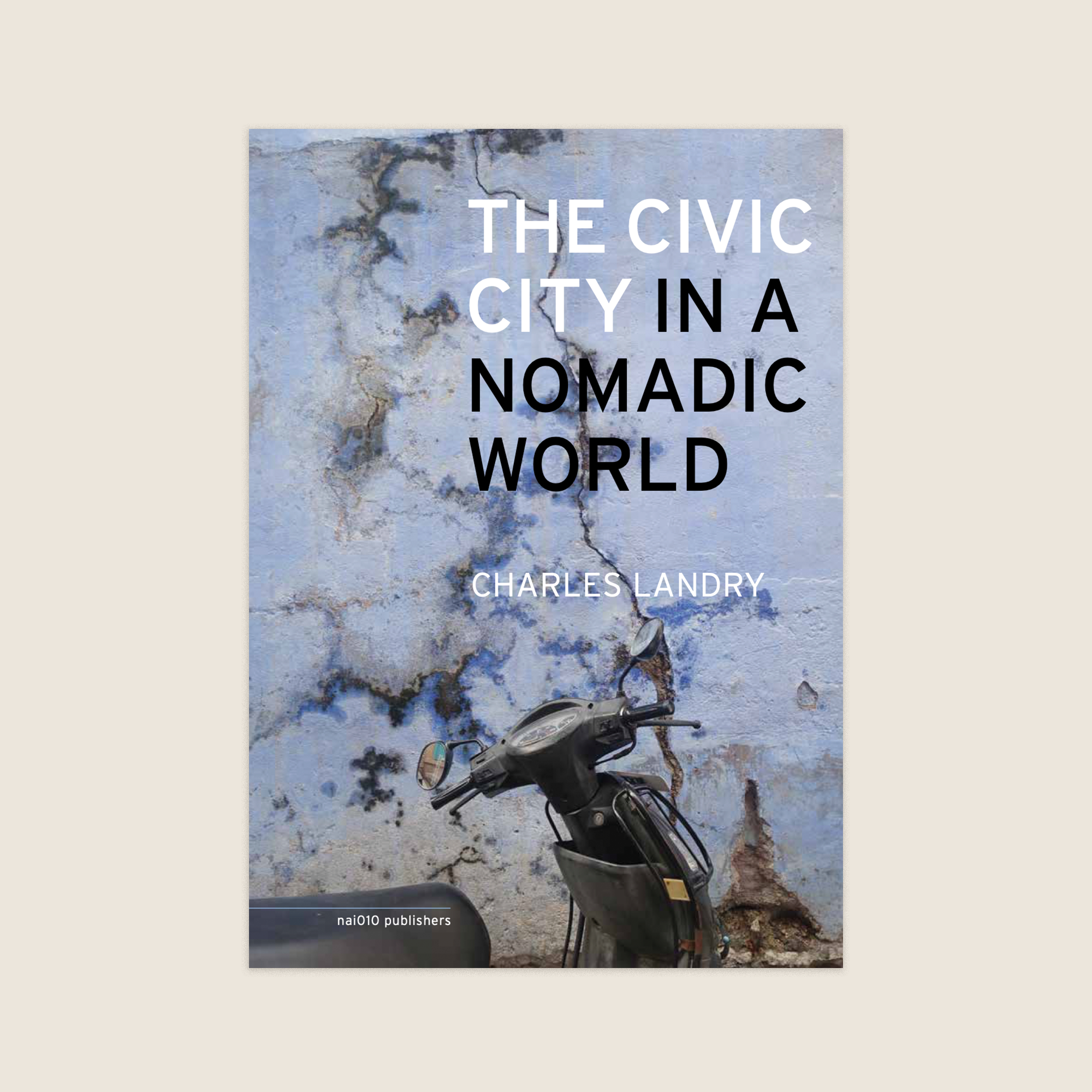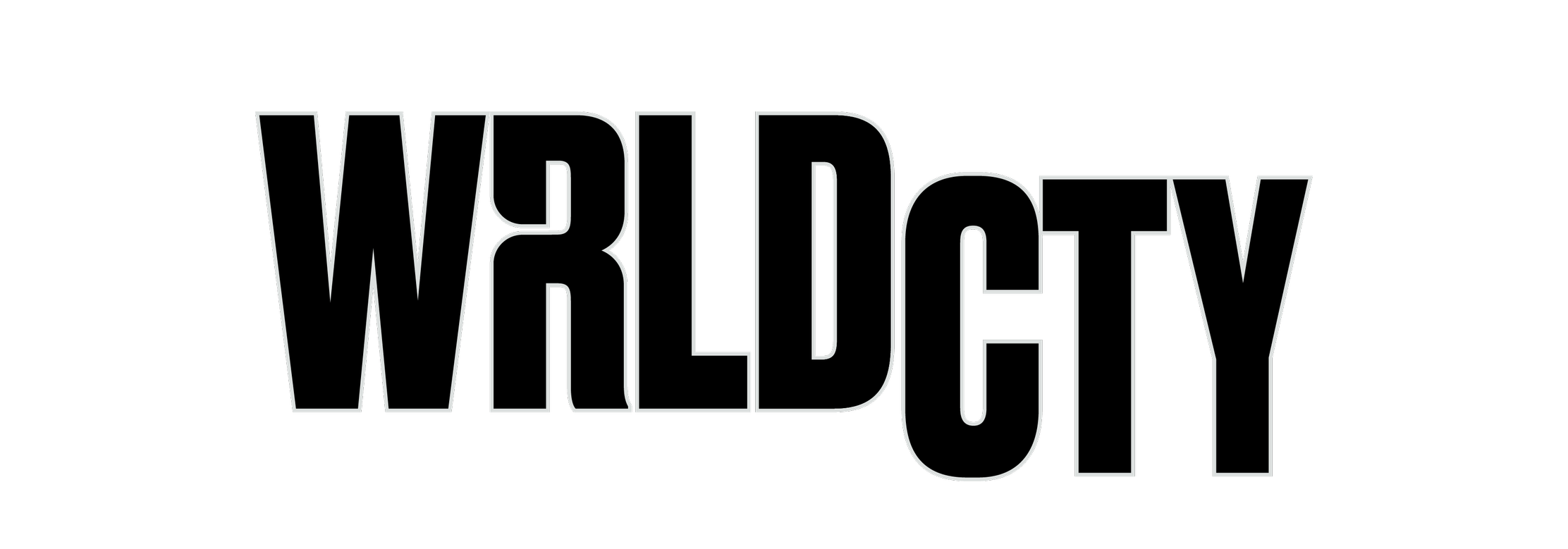The Civic City in a Nomadic World
Contents
The Civic City in a Nomadic World
2017
Introduction
We live in awkward times. The world is turning to its darker face. The zeitgeist is one of rising anxiety. The grey zone disappears. Deep fractures are emerging within our world. Our social and our tribal nature and our in-group and out-group instincts are in tension as our world continues to shrink and our cities become more mixed, more nomadic and more diverse. More of us move around for work, for pleasure, for love or to explore and so are influenced by ideas and trends from elsewhere. Some think this is too much and that it must stop, others are excited by the potential of being part of a bigger world. There is still a mix of optimism and pessimism.
The World in Motion
Lorem ipsum dolor sit amet, consectetur adipiscing elit. Cras laoreet felis ut nisl lacinia commodo. Proin enim augue, finibus non elit a, consectetur vestibulum ante. Ut euismod maximus nunc vehicula pharetra. Cras ultrices magna at nibh suscipit, vitae maximus neque porta. Praesent pharetra fermentum purus, sed pharetra neque viverra nec. Suspendisse quis laoreet elit. Maecenas vitae elementum felis. Ut convallis sodales elementum. Aenean mattis, neque non aliquam semper, neque felis venenatis tortor, a suscipit velit lectus non tortor. Nullam malesuada malesuada ex vitae commodo. Phasellus sed ipsum id augue tincidunt tempus eu sit amet elit.
Downloads
Videos
2017





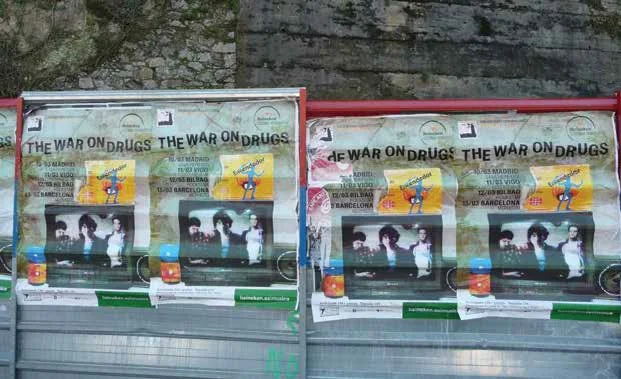

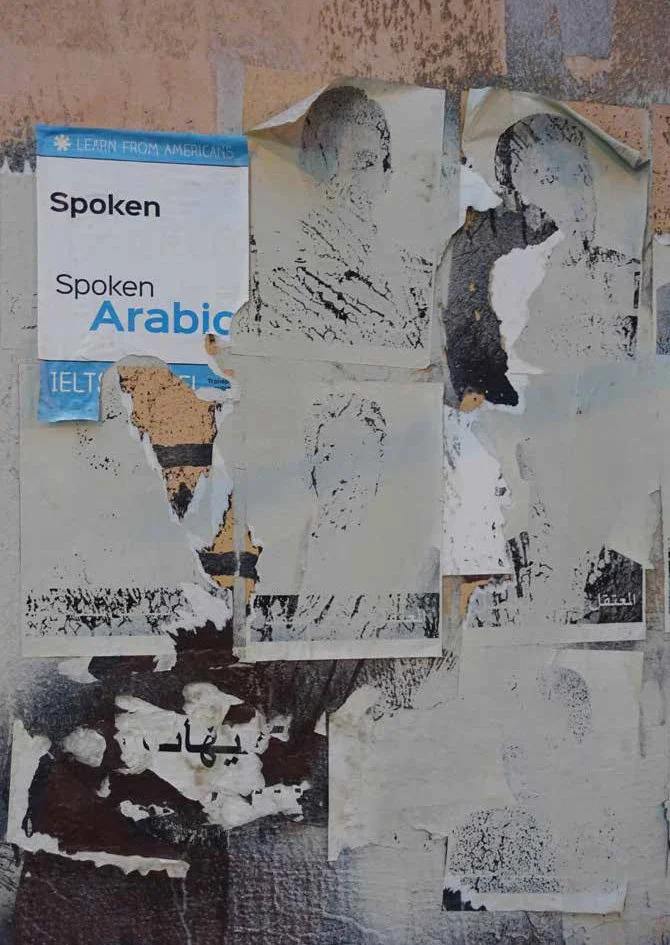
PDF Downloads
Video Resources
This is a free download and these are the first words of this richly illustrated book published in 2017. The sentiment still resonates – perhaps even more so.
This is a free download and these are the first words of this richly illustrated book published in 2017. The sentiment still resonates – perhaps even more so.
Recent Projects
The Urban Revolution
The 6th Festival finished in the 15th June 2023 and for the first time we held an invite only Global Government Innovators Forum on the 14th June.
The Creative Bureaucracy
The 6th Festival finished in the 15th June 2023 and for the first time we held an invite only Global Government Innovators Forum on the 14th June.
Rise Cities Program
The 6th Festival finished in the 15th June 2023 and for the first time we held an invite only Global Government Innovators Forum on the 14th June.
The Urban Revolution
The 6th Festival finished in the 15th June 2023 and for the first time we held an invite only Global Government Innovators Forum on the 14th June.
